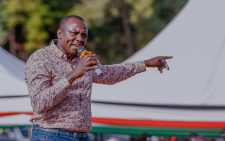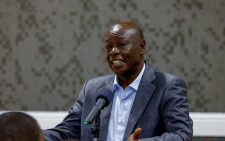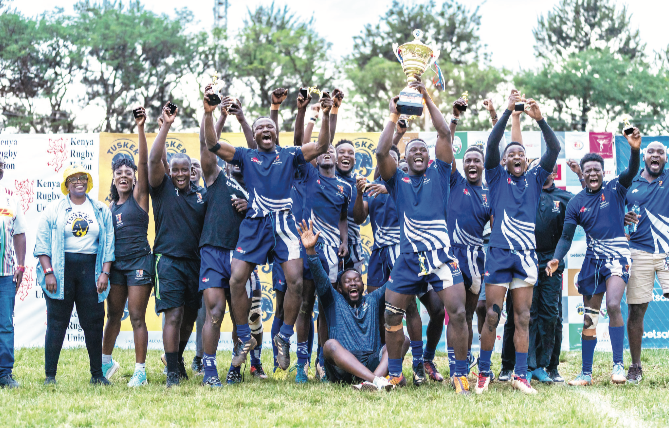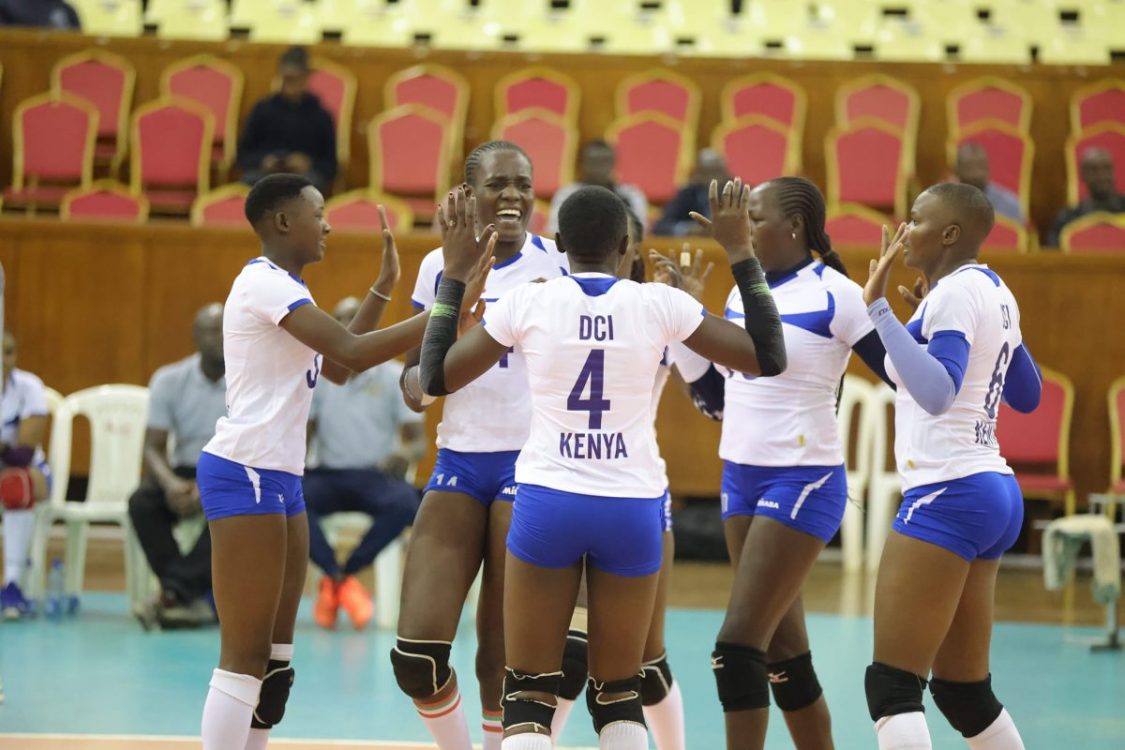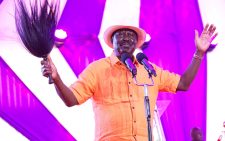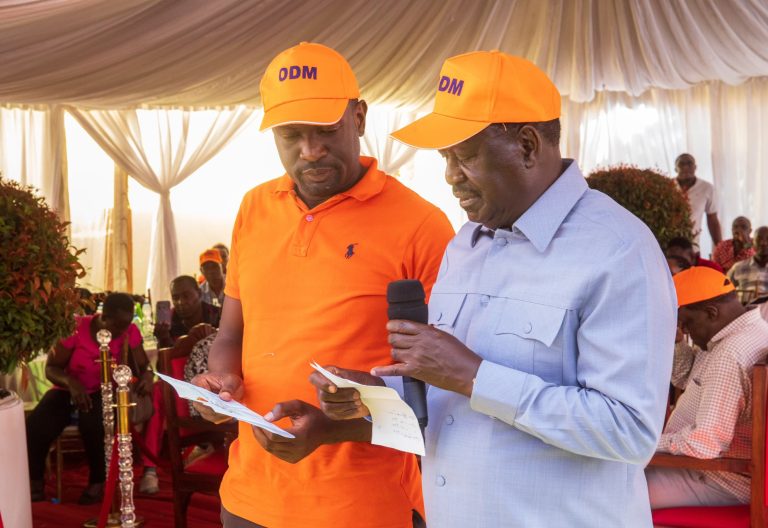Riggy G’s ouster opens door for Kalonzo in Mt Kenya
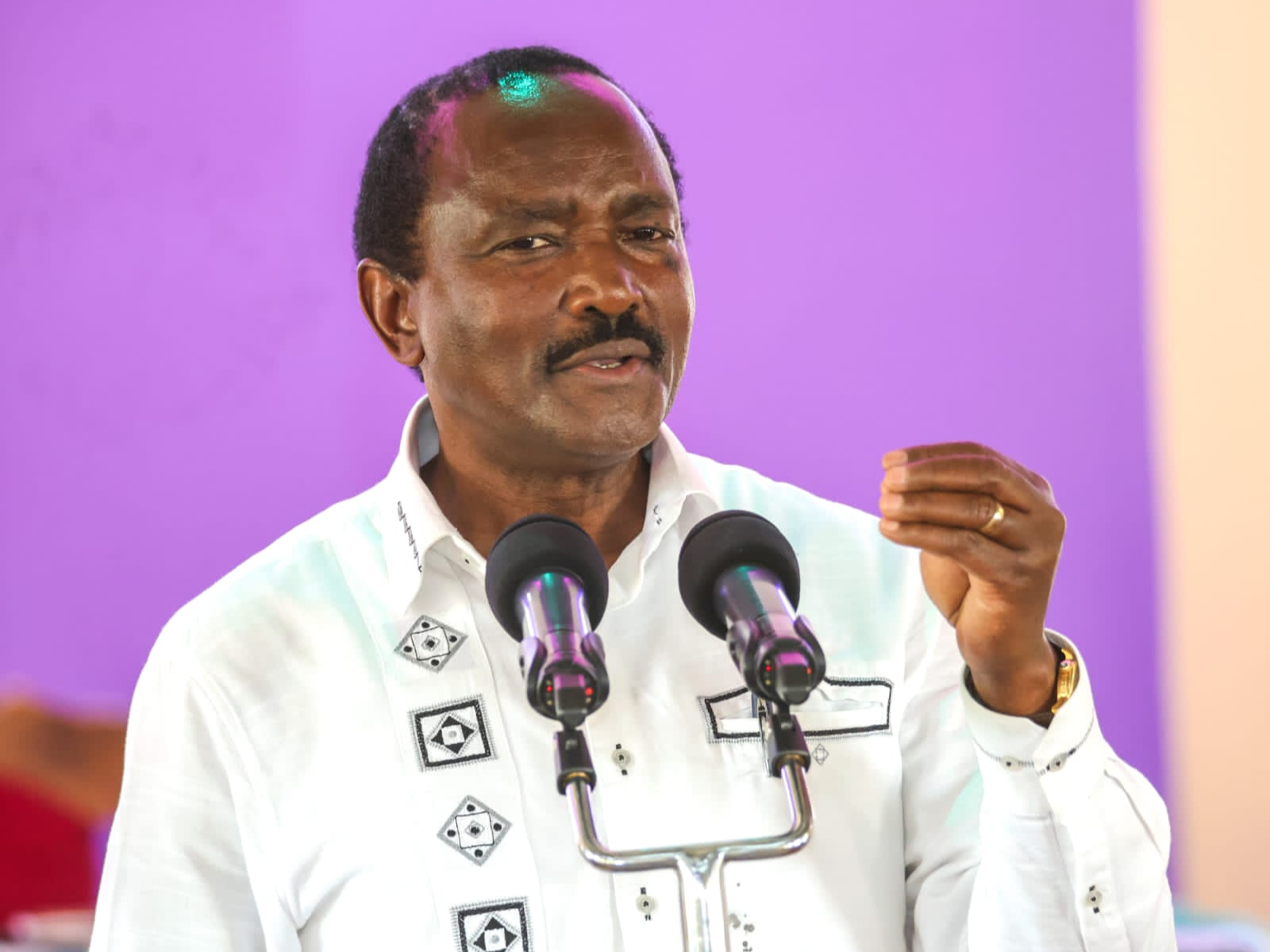
The impeachment of former Deputy President Rigathi Gachagua has jolted Kenya’s political landscape, particularly for the ruling Kenya Kwanza (KK) coalition and its core support base in Mt Kenya.
This event reverberates across the political spectrum, creating challenges for President William Ruto and his alliance and opening a unique opportunity for Kalonzo Musyoka to redefine his role in the country’s politics.
Kalonzo stands at a crossroads, where he can rise as a credible voice of the opposition — one that could resonate with the majority poor. But to do so, he must shed the image of a deserving candidate to be supported by others and establish himself as a genuine leader with cross-regional appeal.
Gachagua’s exit disrupts the political equation in Mt Kenya. His “combative shareholder” stance, combined with years of loyalty to Ruto’s agenda, positioned him as a vocal advocate for the mountain region within KK. However, his brash style and controversial statements attracted criticism, even from within his constituency. Now, with Gachagua out of the picture, President Ruto must reevaluate his support in Mt Kenya, because he has probably lost a sizable voter bloc, and if a significant alternative voice captures the region’s frustration and redirects its loyalty, it will be ground zero for him.
Moreover, Raila Odinga’s influence in the mountain region, already fragile since the 2022 elections, risks evaporating completely. Gachagua’s impeachment is perceived by many in the region as orchestrated by Raila’s ODM. While this perception may be mistaken, it is widely believed to have tainted Raila’s standing in the region. Consequently, Ruto and Raila may both struggle to secure Mt Kenya’s loyalty come 2027, opening the door for a new political force to take hold of a disappointed constituency.
But the political landscape in 2024 presents a unique opportunity for someone to assume the role of that consequential opposition figure who truly represents Kenya’s Wanjiku’s concerns. The current regime faces mounting criticism for its economic policies, with a high cost of living, reduced disposable income, and shrinking payslips. These issues affect the majority of Kenyans, and it’s here that Kalonzo could stake his claim.
Historically, the 2010 Constitution has blurred the lines between majority and minority voices by minimising the traditional concept of opposition. However, the current Parliament seems increasingly consolidated under KK’s influence, leaving Kenyans without a strong counterweight to challenge government policies. This is precisely the void Kalonzo could fill, especially if he centres his platform on the needs and grievances of ordinary Kenyans.
If Kalonzo were to position himself as a champion of Kenya’s working class and economically struggling families, he could catalyse a movement rooted in the frustrations many Kenyans feel today.
President Ruto’s coalition will likely pursue a new alignment ahead of 2027. Critics aver that the KK coalition may present a ticket featuring Musalia Mudavadi as Ruto’s running mate, coupled with a young Mt Kenya principal in a prime Cabinet position. The objective here would be to secure Luhya support by positioning Mudavadi as the DP, while at the same time recapturing Mt Kenya by appealing to the youthful demographic. This lineup aims to counterbalance any losses from Gachagua’s impeachment by reinforcing alliances within Western Kenya and Mt Kenya.
However, this calculated strategy may not suffice if public discontent continues to rise. Even if the regime remains popular among select factions, widespread economic frustrations could create a groundswell of opposition that transcends ethnic and regional loyalties. Should Kalonzo seize on this moment, his platform could attract disenfranchised Kenyans from all walks of life, creating a new coalition similar to what Ruto himself built in the run-up to 2022.
— The writer is a PhD student in
Political Communication
